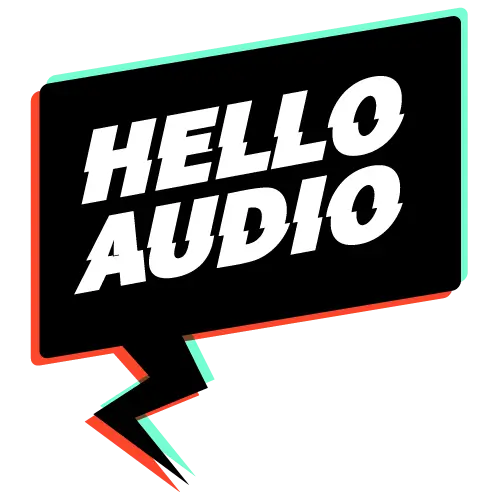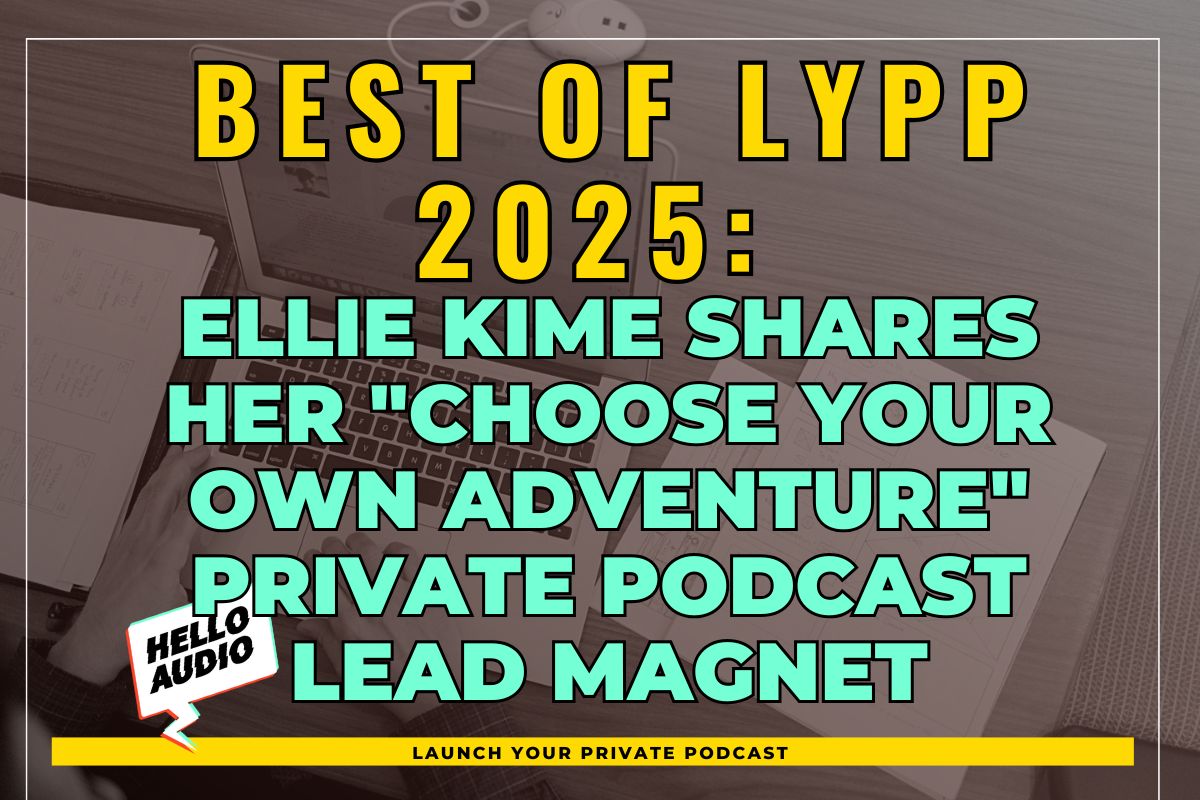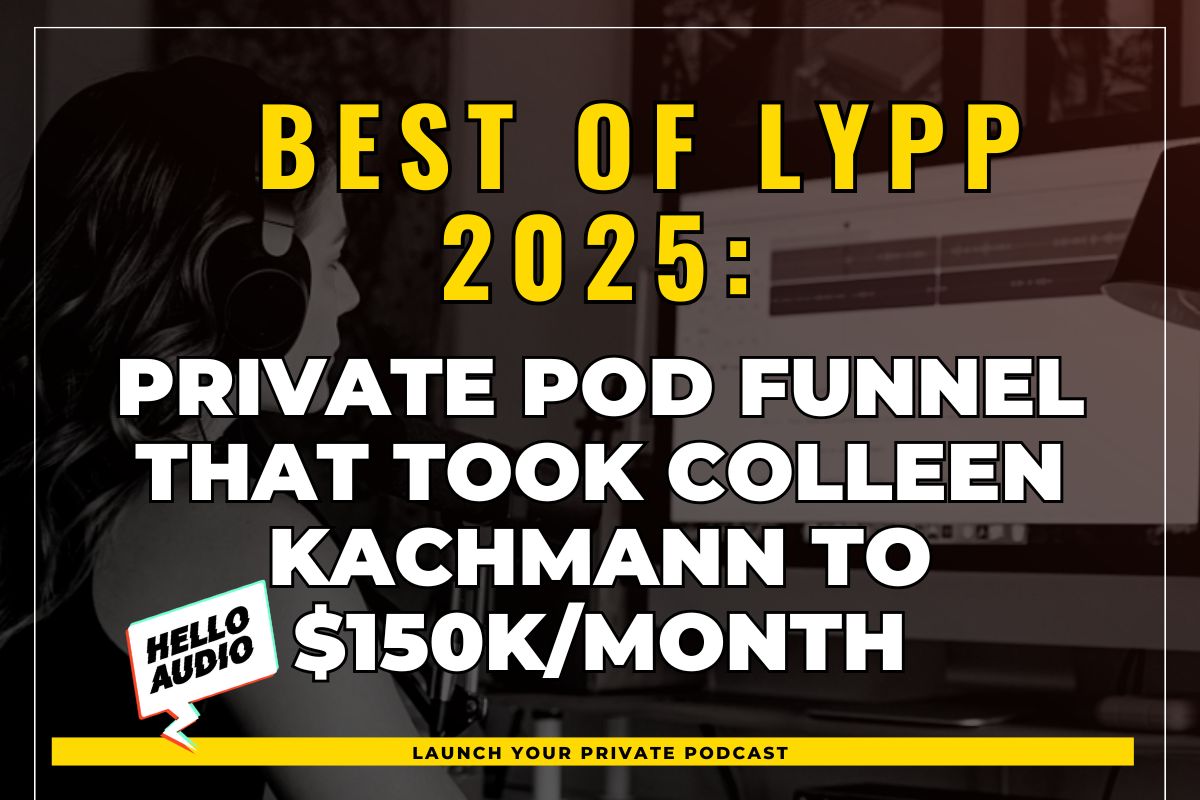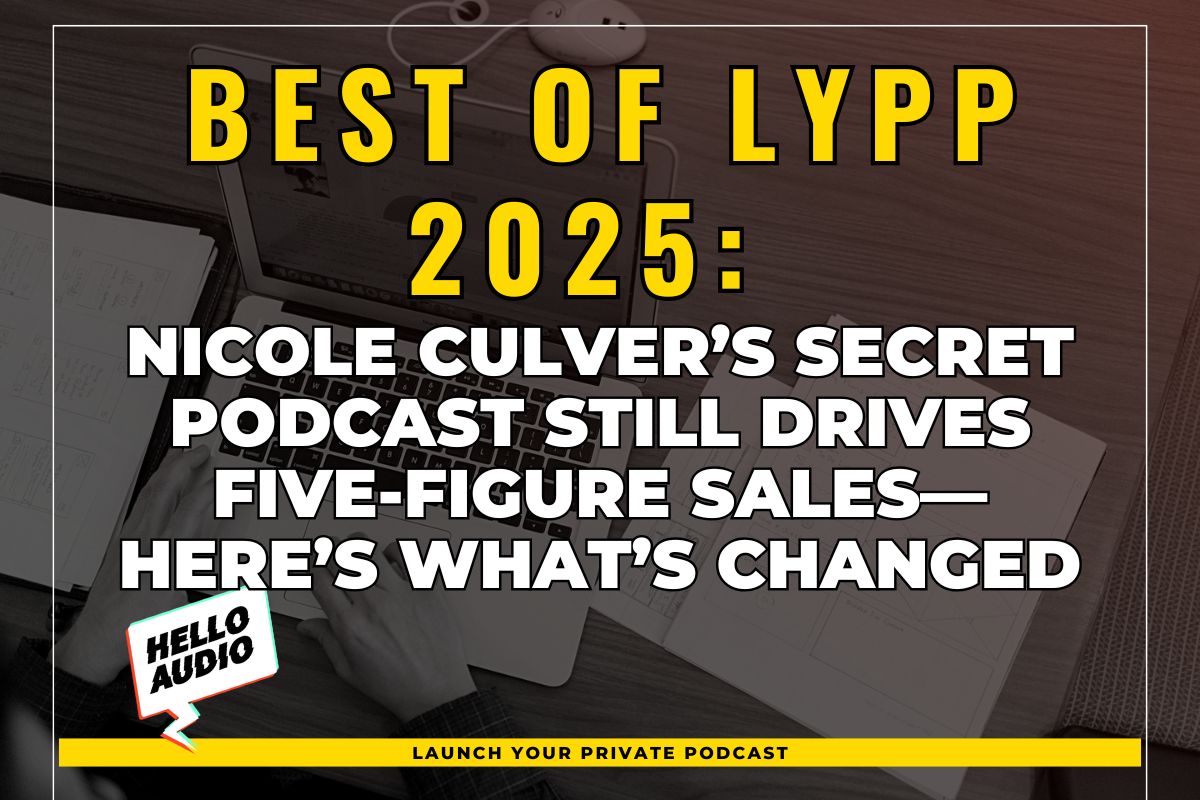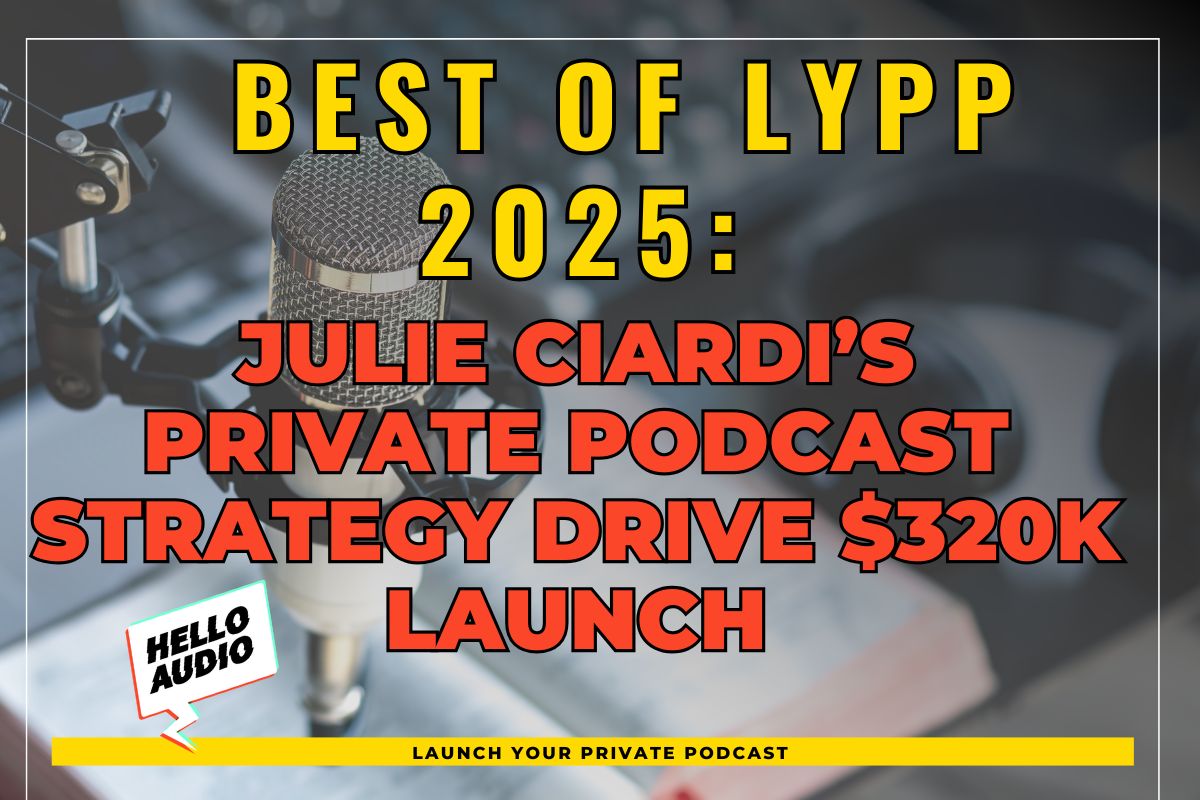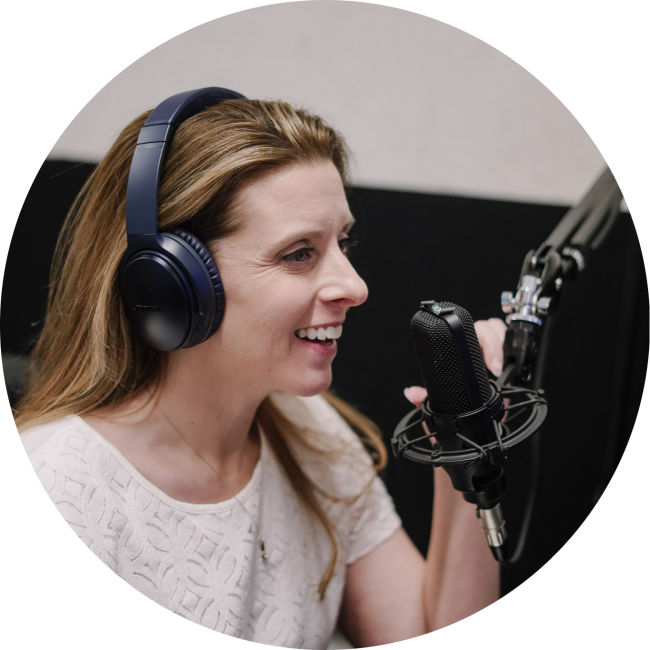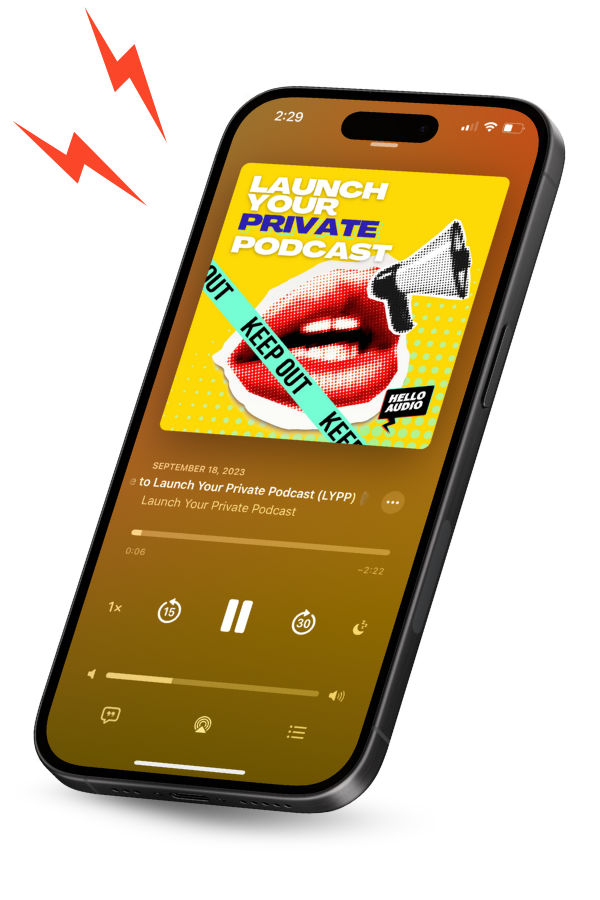Does this sound familiar: you’ve created the best podcast and uploaded it to the right platform. All that’s left is for millions of listeners to find you. So, you wait a day, which turns into a week, and then months. Yet, there are no listeners.
So you wonder if you’re doing something wrong. Well, right off the bat, we’ll guess that you’re probably not distributing or promoting your podcast as well as you should.
You see, no matter how informative or entertaining your podcast is, without listeners, it’s dead in the water. Luckily, we can fix that for you. The podcast distribution strategies in this post will help you amplify your podcast’s reach, attract tons of listeners, and grow your podcast to meteoric heights.
Let’s show you how to get it to your target audience.
TL;DR – How to Distribute a Podcast
It’s easy to syndicate your podcast once you have the right setup.
Here’s a quick step-by-step to get you started today:
- Choose the right podcast hosting platform
- Create your podcast feed
- Send or submit the feed to your preferred podcast listening platforms
- Promote your podcast
We’ll show you how to do this in detail later. But for now, start by uploading your recordings or videos to Hello Audio, our easy-to-use podcast hosting platform.
It’s a user-friendly podcast hosting platform that provides private feeds, improves audience management, allows the integration of workflow automation, and has video-to-audio conversion features.
Our podcast hosting app also makes it super easy to set up your private podcast and distribute it to select directories like Spotify, YouTube Music, and Apple Podcasts so that you can maximize your monetization and profits.
Sign up on Hello Audio to get the word out about your podcast today.
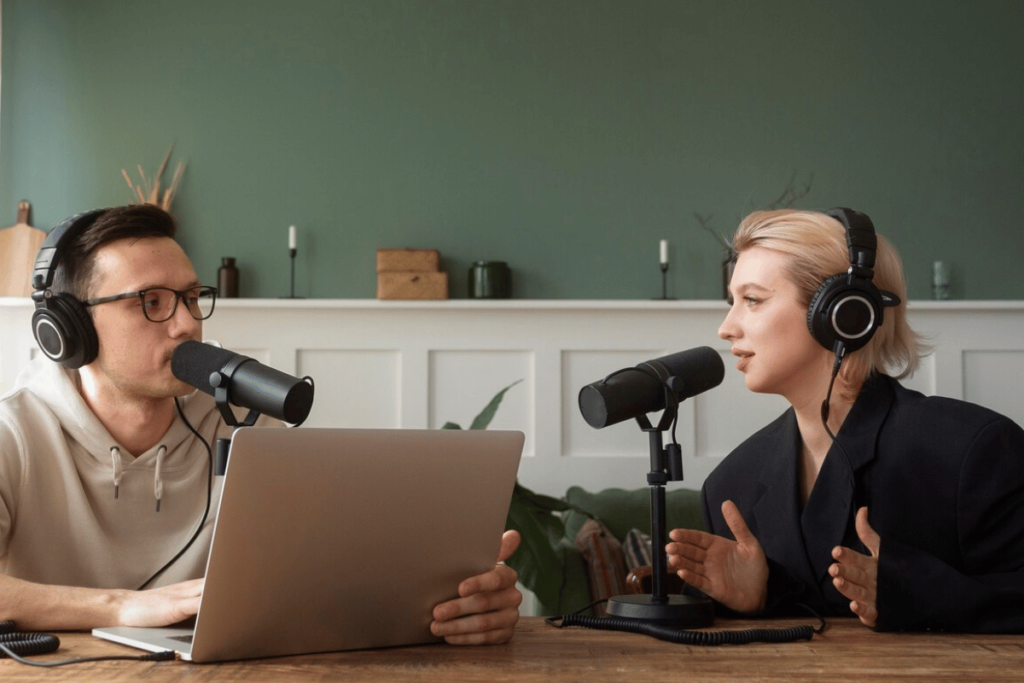
List of Popular Podcast Distribution Channels
A podcast distribution channel is a service that helps send your podcast’s RSS feeds to various podcast-listening platforms.
Some popular podcast distribution services include:
- Hello Audio
- Spotify for Podcasters (formerly Anchor)
- Apple Podcasts for Creators
- Google Podcasts (now migrating to YouTube Music)
- iHeartRadio
- Simplecast Creator Connect (formerly Pandora for Podcasters)
- Castbox
- Overcast
- TuneIn
- Buzzsprout

5 Podcast Distribution and Promotion Strategies
You know how they say, “Build it, and they will come”? Well, sorry. That no longer applies these days. You are competing with over 3.3 million podcasts out there. You have to stand out.
The following effective podcast distribution strategies have been proven to increase your listener base and subscribers:
1. Collaborate With Other Podcasters
Apart from syndicating your podcast to many podcasting platforms, you must collaborate with other podcasters with whom you share a similar audience.
For example, if you have a wellness podcast, you can seek out other wellness podcasters and either invite them to yours or ask if they would be willing to have you as a guest.
Remember to expand your list of prospects by looking for podcasters with a complementary audience.
The key aspects of this step are:
- Build relationships with other budding and established podcasters. If you’re just starting out with a small audience, network with podcast hosts who have small or mid-sized relevant audiences.
- Regularly pitch your podcast or expertise to other podcast hosts and ask to be invited as a guest.
- If they had you on their show, reciprocate the gesture by having them on your show, too. This way, you can cross-promote your audiences.
- Stay connected and continue networking by attending industry events, shows, workshops, and conferences. Get your name and podcast out there in relevant circles.
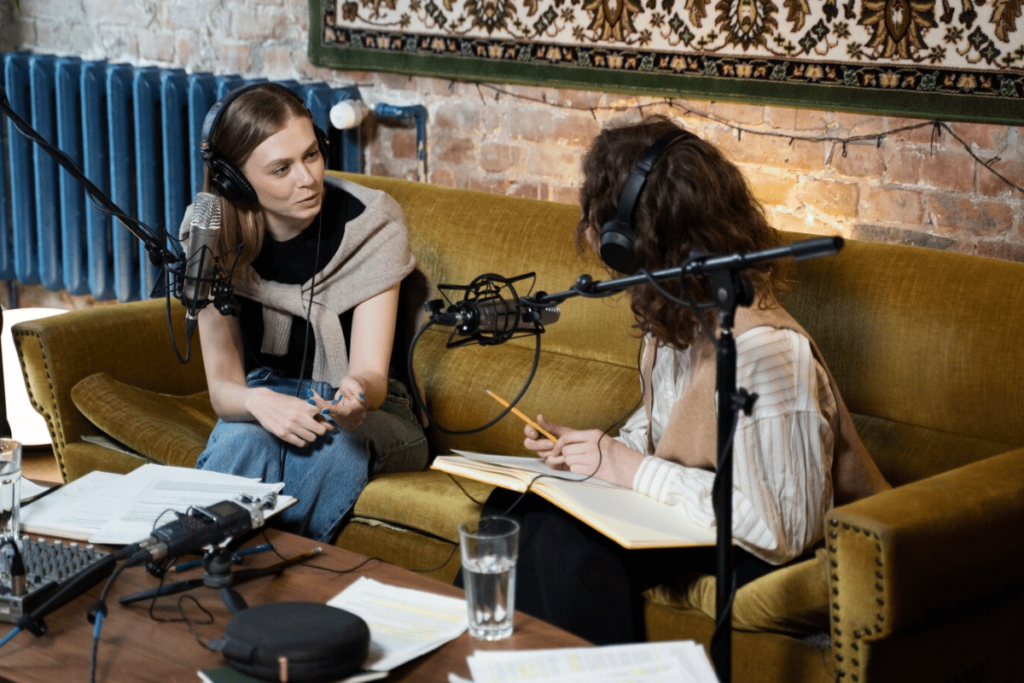
2. Repurpose Your Recordings
The ability to create multi-format content automatically increases the number of platforms on which you can share your podcast, increasing its reach and your listener base.
The easiest way to do this is by repurposing your content.
Here’s how:
- If you’d like to convert your video or audio recordings to private podcasts, upload them to our platform. Watch our Instant Demo to see how this works.
- You can also convert them to short-form videos. If you have some video editing chops or can hire a video animation expert, you can convert your audio to videos, too.
- Short-form video content is particularly popular these days. So, chop up your videos into 30-second to 1-minute highlights and upload them as YouTube Shorts or on Instagram Reels and/or TikTok. These will serve as teasers that will attract more podcast listeners and subscribers.
- Create podcast summaries and mail them to your subscribers.
- Create audio clips from each episode, add cover art and B-roll, and you have new content.
- Transcribe podcast episodes or turn them into downloadable PDF resources for your listeners.
3. Use Multi-Channel Podcast Marketing Techniques
In the beginning, growing a podcast is like growing a new business. You must promote and market it to get traction and grow from there.
Unless you have a controversial or NSFW podcast or are limited by the terms of the platforms, promote your podcast on as many platforms as possible.
- Hire influencers to spread the word about your podcast
- Develop and promote your podcast website
- Create a newsletter and promote your podcast there
- Use email marketing to spread the word if you already have a list
- If you don’t have your email list, you can promote your podcast on relevant email lists
- Build an online community that’s centered around the podcast
- Write blog posts about new podcast episodes and publish them on your blog
This will not only increase interactions between you and your existing audience, but it will also get you new listeners.
Here’s a detailed guide on podcast marketing strategy to grow your podcast.

4. Share Your Podcasts on Social Media Platforms
Did you know that 94% of podcast audiences are active on at least one social media platform? That’s why you must get on one or more social media platforms to grow your podcast.
Start with the social media platforms where your target audience hangs out. For example, if your listeners are on Spotify and Apple Podcasts, both of which cover around 70.2% of the podcast market, go publish and promote your podcast there.
The same applies to Twitter (now X), Instagram, TikTok, and Facebook. While it’s tempting to want to be on all the platforms, don’t do that – at least not at the beginning. Concentrate your efforts on the platform likely to produce the highest ROI on effort, costs, and advertising.
5. Start a Podcast Newsletter to Increase Listener Engagement
Launch a newsletter to support your podcast. It helps foster your relationship with your audience. It’s great for leveraging partnerships and can help you build an audience that’s yours.
It also provides the added benefits of keeping your audience engaged and engendering loyalty in your community.
Examples of content you can publish in your newsletter include:
- Behind-the-scenes footage or stories
- Exclusive footage
- Real insights or backstories into each episode
- Bonus content
- Interesting and useful resources for your audience
- Interviews that aren’t available to non-subscribers
Plus lots more!

How to Distribute a Podcast on All Platforms
In many cases, each platform has unique requirements for streaming your podcast on their platform. For example, here’s how you can add your RSS feed to Spotify.
But the general process is:
- Upload your podcast to the Hello Audio platform. It’s fast and easy, and it will make your distribution seem effortless.
- Create a podcast RSS feed on your preferred hosting platform. To do this, just upload the video or audio file. The system will automatically convert it to an MP3 file and generate the RSS feed that you’ll use for the next step.
- Copy the URL. All podcasts have a universal RSS feed URL that automatically updates when new podcast episodes are added.
- Go to your preferred distribution platform or podcast directories, create an account where necessary, and log in.
- Locate the “Submit Your Podcast RSS Feed” link or button. After creating an account at your preferred podcast listening service, submit this URL to that service. You may have to wait a few days for approval.
- Start streaming. Once approved, you can start publishing and promoting new episodes to as many platforms as possible.
However, if you prefer specific directories, our podcast distribution resource contains instructions for getting your podcast on those platforms.

Podcast Distribution Mistakes to Avoid
Now that you have your podcast set up and you’re ready to distribute it, it is important to avoid some mistakes if you want to be successful.
Some of these are:
- Adding your podcast to the wrong category: If you run a science fiction-based podcast but submit it to the Arts category, it will struggle to gain exposure. Always submit your podcast to the right category.
- Not labeling your podcast appropriately: For instance, it is important to label your podcast as explicit if it contains adult or NSFW-type content. Not doing so can cause the streaming platforms to remove your podcast feed from their database.
- Distributing to the wrong podcast directory: Choose the right directories or streaming services for your podcast.
- Produce generic podcasts: Don’t produce boring, humdrum types of content. Always release interesting episodes.
- Not understanding your audience first: It’s great that you’re partial to taking action. But don’t launch a podcast until you know the target audience and their interests.
- Not having a posting schedule: A posting schedule lets subscribers know when to expect a new podcast episode. This consistency can be rewarding for your podcast.
- Releasing podcast episodes with little value: 74% of podcast listeners tune in to learn something new. So, if you’re not providing value every time, chances are your podcast will struggle, and you may lose the audience you already have.
- Not paying attention to the production quality: About 33% of listeners attribute their lack of enthusiasm for a podcast to low-quality issues. You can lose about a third of your audience to poor sound output. If you suspect your audio quality is poor, here’s how to clean up your podcast’s audio.
Avoid these mistakes, and you will successfully grow and retain your podcast’s audience.

Frequently Asked Questions (FAQs)
Some of the more common questions that people ask include the following:
How Often Should You Release New Podcast Episodes?
That depends on your capacity to produce the podcast episodes. Just make sure to have a consistent posting schedule.
Some podcasts release episodes daily, while others do them weekly, bi-weekly, or monthly. Choose a schedule that works for you and your audience.
What Are the Costs Involved in Podcast Distribution?
There are hosting costs, ad costs where necessary, and other associated fees. Most hosting and distribution fees cost between $14 per month and up to $5,000 a year, depending on the hosting and distribution platforms.
Hello Audio’s podcast hosting pricing plans are affordable and pocket-friendly.
How Can You Monitor Podcast Performance and Listener Engagement?
Most podcast hosting and streaming services have built-in analytics that you can use to track and monitor user engagement and episode performance.
However, some of these provide limited data. If you need more robust podcast metrics, check out software like Podbean, Megaphone, Blubrry, Anchor, and Castos.
How Important Is Podcast Metadata for Better Discovery?
Metadata like title, description, language, and category is really important as it helps improve your podcast’s discoverability on all platforms and boost your overall visibility.
Host Your Private Podcast on Hello Audio
Now that you know how to distribute a podcast, get your podcast on your preferred platforms.
Hello Audio makes it easy to turn your knowledge and expertise into profit. Our top-of-the-line podcast hosting platform is user-friendly, so you can easily launch and release your private podcast episodes.
You can also turn on monetization to accept payments and easily track listener behavior to deliver more value to them.
Our system is designed so that you can get started within minutes of signing up. Don’t waste any more time trying to set up a private podcast.
Sign up with Hello Audio today and start your podcast monetization process now.

